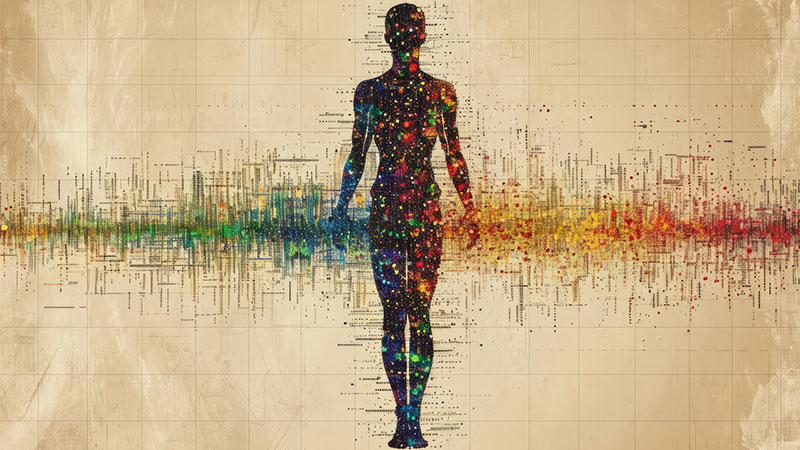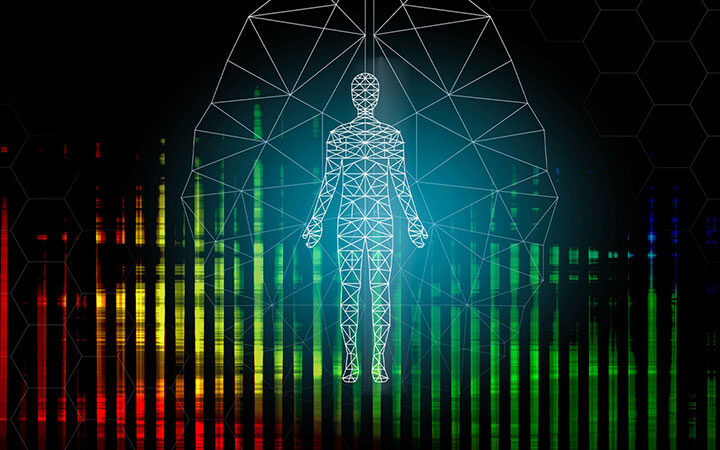As acupuncture continues to evolve, the integration of modern technology has brought new possibilities to this ancient healing practice. By blending time-honored techniques with advanced tools, practitioners can offer more precise and effective treatments for a wide range of conditions. From laser and electroacupuncture to computerized diagnostics, modern technology is revolutionizing acupuncture, making it not only more accessible but also more targeted in its approach. In this article, we explore the key technological advancements shaping the future of acupuncture.
The Evolution Of Acupuncture
Modern technology has significantly transformed the practice of acupuncture, making it more precise, efficient, and accessible. The integration of technological advancements such as laser acupuncture, electroacupuncture, and computerized diagnostic tools has enhanced the traditional methods, providing new ways to stimulate acupoints and monitor patient progress. These innovations allow practitioners to offer more personalized and effective treatments, bridging the gap between ancient wisdom and contemporary science.
Frequency Specific Micro-Stimulation
Frequency specific micro-stimulation (FSMS) is a cutting-edge technique that uses low-frequency electrical currents to target specific tissues and conditions. This method is based on the concept that different frequencies can influence various types of tissues and healing processes. FSMS is used to treat a range of conditions, including inflammation, nerve pain, and muscle injuries. The precise application of frequencies allows for targeted treatment, enhancing the body’s natural healing abilities and providing relief for complex conditions.

Electroacupuncture and Diagnostic Tools
Electroacupuncture, another modern adaptation, involves the application of a small electrical current to the needles. This technique enhances the stimulation of acupoints, providing more significant pain relief and promoting faster healing. It is especially effective for chronic pain conditions such as arthritis and fibromyalgia. Furthermore, computerized diagnostic tools have revolutionized the way practitioners assess and treat patients. These tools can accurately measure the body’s energy flow, identify imbalances, and track treatment progress, allowing for more precise and tailored care.
The Future of Acupuncture
The future of acupuncture lies in the continued integration of technology and traditional practices. Research and development in areas such as biofeedback, wearable health devices, and telemedicine are poised to further enhance the field. These technologies enable remote monitoring and personalized treatment plans, making acupuncture more convenient and effective. As the field evolves, the combination of traditional wisdom and modern technology will continue to improve patient outcomes and expand the reach of this ancient healing art.
The merging of modern technology with traditional acupuncture methods has created exciting new opportunities for both practitioners and patients. With tools like frequency specific micro-stimulation, electroacupuncture, and advanced diagnostics, acupuncture is becoming more refined, personalized, and effective than ever before. As research continues to develop in areas like biofeedback and telemedicine, acupuncture is poised to further enhance its role in holistic health care. The future of acupuncture lies in this harmonious blend of ancient wisdom and modern innovation, offering hope and healing for generations to come.
CALL 631.360.8100
Begin Your Path To Wellness Today...
CALL 631.360.8100
Find Your Balance
Call To Book Your Appointment
CALL 631.360.8100



